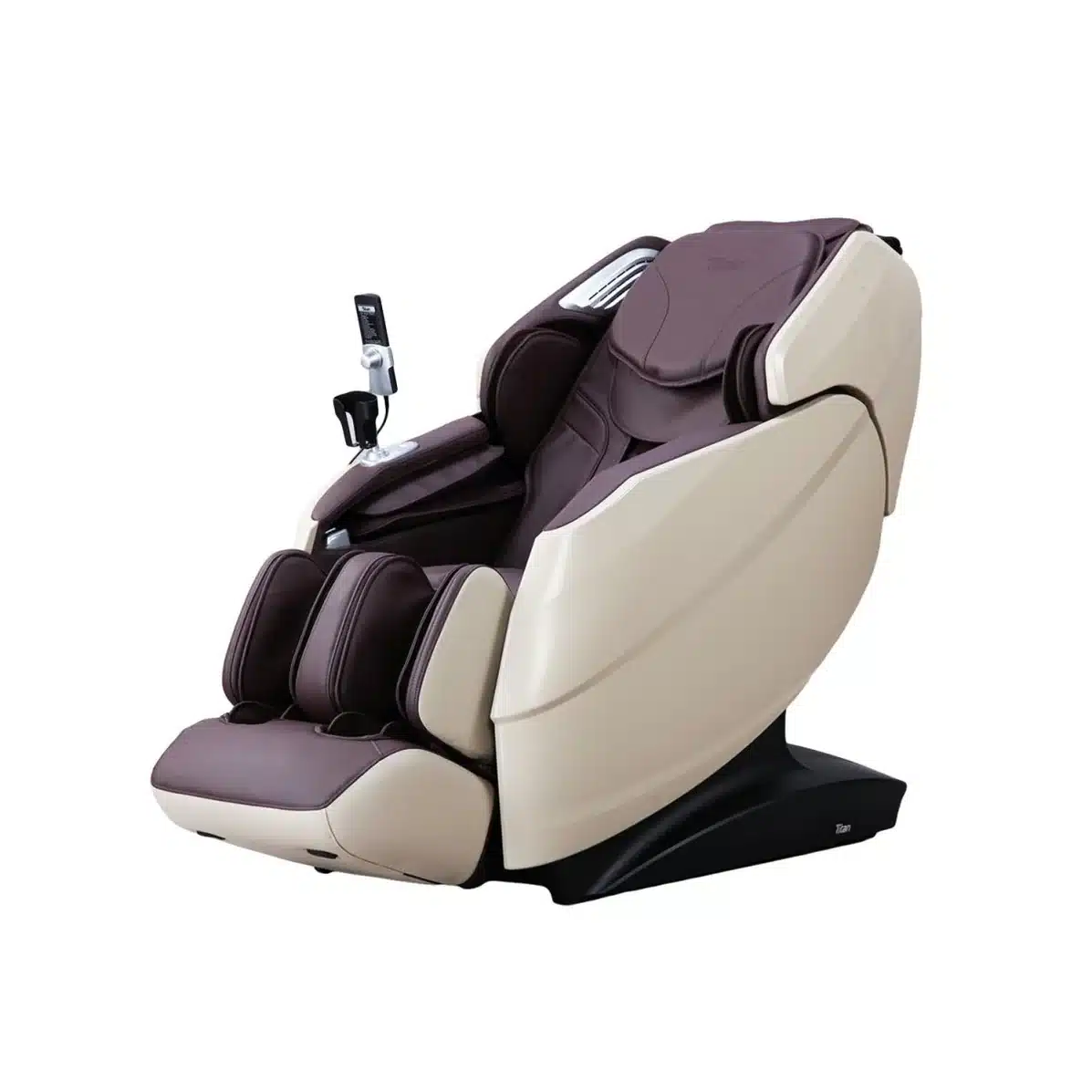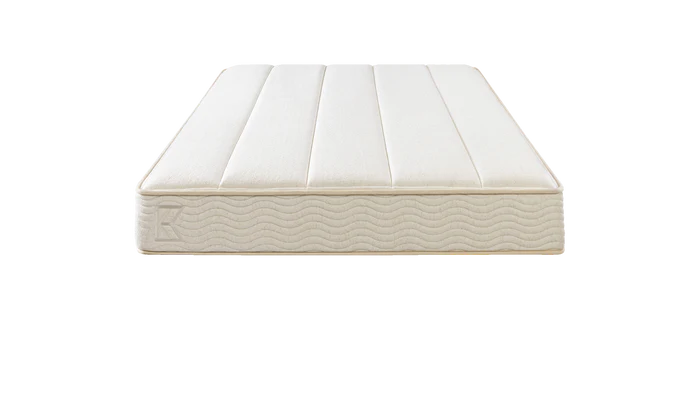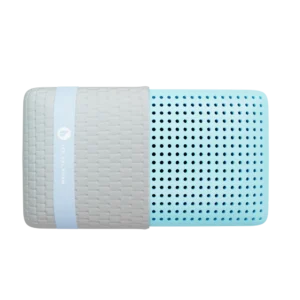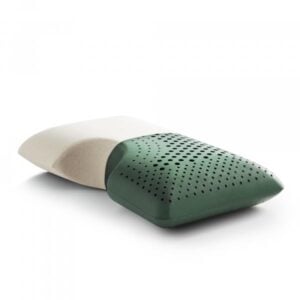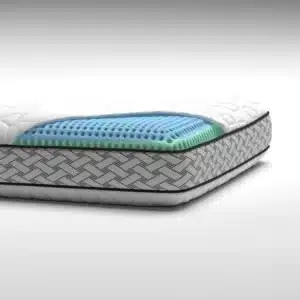Detecting Early Signs of Bed Bugs on Your Body
Identifying early signs of bed bugs on your body can be both alarming and crucial for preventing a larger infestation. These pests, notorious for their ability to disrupt our lives, often go unnoticed until it’s too late. By becoming aware of the warning signals, you can take proactive measures to address the issue. The following signs may indicate the presence of bed bugs and should prompt immediate attention:
Recognizing the Early Signs of Bed Bugs on Your Body
1. Red, Itchy Bites
One of the first indications of a bed bug problem is the appearance of small, red bumps on your skin. Typically, these bites manifest in clusters or linear patterns, often occurring where your skin is exposed during sleep.
– Location: Common places for these bites include the face, neck, arms, hands, and legs.
– Appearance: The bites are usually 2–5 mm in diameter, may cause significant itching, and can swell or become inflamed.
2. Red Welts
If you notice injected bite marks that seem particularly pronounced or inflamed, it could be bed bugs. These welts often have a darker center, indicating a more serious reaction.
– Clusters: Look for bites in rows or clusters—often referred to as the breakfast, lunch, and dinner pattern, since bed bugs tend to feast multiple times along a path.
3. Allergic Reactions
Different people have varying reactions to bed bug bites. While some may not show any signs at all, others could experience severe allergic responses.
– Symptoms: These can range from intense itching and blisters to hives or, in rare instances, severe reactions that require immediate medical attention. It’s estimated that around 30% of people do not exhibit any symptoms, complicating detection.
4. Case Studies and Statistics
Research has shown that the dermatological effects of bed bug bites can range from mild irritation to severe reactions, emphasizing the importance of recognizing these early signs before they escalate. A comprehensive understanding of bed bugs and their effects can empower you to take swift actions.
What Are Bed Bugs?
Bed bugs are small, wingless insects known scientifically as Cimex lectularius. They thrive on the blood of humans and animals, making them certainly unwelcome guests.
Description and Appearance
Adult bed bugs are similar in size to apple seeds, measuring 5 to 7 millimeters long. Characteristically reddish-brown, flat, and oval-shaped, they become more pronounced in color after feeding. Nymphs, or immature bed bugs, are even smaller and can appear translucent or yellowish, complicating visibility. Their eggs, tiny and white, can often be found tucked away in hidden crevices.
Life Cycle
Bed bugs have a well-defined life cycle that progresses through several stages:
– Egg: Tiny, white eggs are laid in clusters.
– Nymph: Nymphs undergo five molts, needing a blood meal before each.
– Adult: A fully grown bed bug that can reproduce. Under ideal conditions, bed bugs can mature from egg to adult in about a month, quickly leading to multiple generations yearly.
Common Habitats of Bed Bugs
Highly adaptable, bed bugs can thrive in a variety of environments. Here are the most common places they are found:
– Homes and Apartments: They can migrate between units and hide behind walls or in electrical outlets.
– Hotels and Motels: High turnover rates make these locations prime spots for infestations.
– Public Transport: Buses, trains, and even cruise ships are not immune.
– Second-Hand Furniture: Upholstered items can harbor hidden bugs and eggs.
Knowing where to look and how to identify bed bugs is your first line of defense against their invasion.
How to Check for Signs of Bed Bugs
Regular inspections can help catch these pests before they become a health hazard. Start with these key areas:
– Mattress Seams: Bed bugs love to hide here. Remove all bedding and inspect the seams closely for dark spots or shed skins.
– Bed Frames and Headboards: Disassemble if possible, as ligaments and joints often harbor bugs.
– Furniture: Ensure you check bedside tables, dressers, and upholstery for signs.
– Travel Gear: Inspect your luggage carefully after traveling to ensure you’ve not brought these pests home.
Conclusion
Early detection of signs of bed bugs is vital for preventing a minor issue from spiraling into a major infestation. By recognizing the early signs on your body—such as itchy bites, red welts, and patterns of clustering—you can promptly address the problem. Bed bugs not only cause physical discomfort but also lead to psychological stress and anxiety.
Regular vigilance is crucial. Inspect your sleeping environment for any unusual signs, such as blood spots or dark stains. The quicker you identify these pests, the simpler and less costly the eradication process will be.
For more in-depth insights and tips on combating bed bugs, don’t hesitate to visit Yawnder. Your comfort and health are our main concerns, and we’re here to provide the guidance you need for a restful and pest-free sleep. Stay alert, and may you continue to enjoy peaceful nights!



